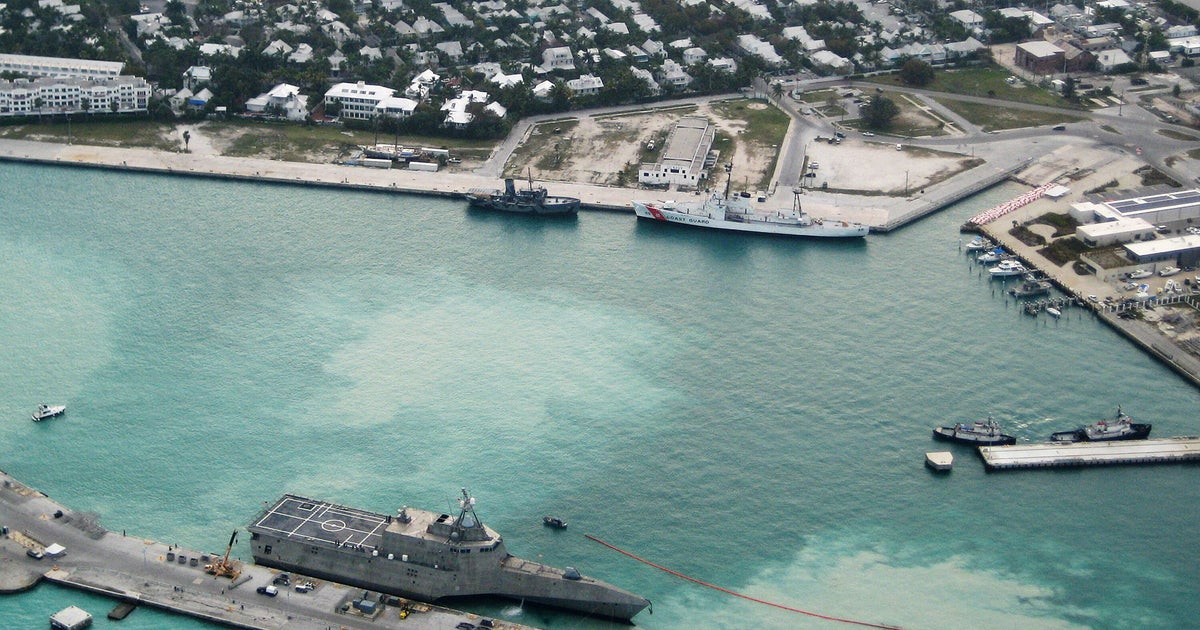Rip currents have turned deadly this summer. Here's how to spot them and what to do if you're caught in one.
The greatest danger lurking in the waves at the beach this summer isn't a shark — it's a rip current.
About 100 people drown from rip currents along U.S. beaches each year, according to the United States Lifesaving Association. And more than 80% of beach rescues annually involve rip currents.
Rip currents have already turned deadly this summer. Six people drowned in rip currents over a recent two-day period in Florida, including a couple vacationing on Hutchinson Island from Pennsylvania with their six children, and three young men on a Panhandle holiday from Alabama, officials say.
The National Weather Service lists 16 known deaths so far in 2024 from rip currents in U.S. waters, including the Florida fatalities as well as eight deaths in Puerto Rico and two in Texas.
By contrast, there were just two confirmed fatalities from unprovoked shark bites on U.S. shores in 2023, according to a tally by the Florida Museum of Natural History.
What is a rip current?
Rip currents are narrow columns of water flowing rapidly away from the beach, like a swift stream within the ocean. They don't pull swimmers under water, but can carry them out a fair distance from shore.
Low spots along the beach, or areas near jetties or piers, are often where rip currents form. They can be connected to stormy weather but also sometimes occur during sunny days. They can be hard to detect because the surface water often appears calm.
The United States Lifesaving Association notes that rip currents can happen at any "surf beach," meaning a beach with breaking waves — not just the ocean but also other large bodies of water like the Great Lakes.
The current can flow as swiftly as 8 feet per second — faster than an Olympic swimmer.
What to do if you're caught in a rip current
"If you're caught in one and you try to swim straight in [to shore], you're not going to be able to," said Daniel Barnickel of Palm Beach County Ocean Rescue.
The most frequent advice from beach rescue teams and weather forecasters:
- Don't panic.
- Look for a chance to swim parallel to the shore until you're out of the rip current's grip. It will eventually dissipate but might leave the swimmer out in deeper water.
- Don't fight the current directly. It's nearly impossible, and many swimmers who get in trouble tire themselves out trying to get back to the beach, lifeguards say.
- Swim near a lifeguard station if possible, and never swim alone.
"Most of our rip current rescues happen outside the guarded areas because we're not there to prevent it from happening," Barnickel said.
"We definitely need more lifeguards. You chances of drowning in front of a lifeguard are one in 18 million," Wyatt Werneth, public service spokesperson for the American Lifeguard Association, told CBS News.
It can be dangerous to try to rescue someone caught in a rip current, officials say. Often the people trying to perform the rescue can get into trouble themselves.
"Make sure that you don't overestimate your abilities. Know your limits," Barnickel said.
It's best to find a lifeguard, if there is one, or call 911 if a struggling swimmer is spotted. People on shore can also try to tell the person to swim parallel to shore.
"The most important thing is call 911 and get the lifeguards rolling out," Werneth said.
What does a rip current look like?
The United States Lifeguard Association says there are a number of clues to look out for that may indicate the presence of a rip current:
- A narrow gap of darker, seemingly calmer water between areas of breaking waves and whitewater.
- A channel of churning, choppy water.
- A difference in water color.
- A line of foam, seaweed or debris moving seaward.
Rip current forecasts and warning signs
Flags with different colors are used to warn beachgoers of various hazards.
Three flags warn of surf and rip current conditions. Red means a high hazard, yellow means a moderate threat and green means low danger. There's also purple for dangerous sea life, like jellyfish, and double red when a beach is closed for any reason.
The National Weather Service posts rip current risks on its websites around the coasts and has developed a computer model that can predict when conditions are favorable for their formation up to six days in advance for the U.S. East and Gulf Coasts, Puerto Rico, Hawaii and Guam.
"Before this, forecasters were manually predicting rip currents on a large section of the ocean twice a day and only a day or two into the future. The earlier prediction has potential to substantially increase awareness and reduce drownings," said Gregory Dusek, a NOAA scientist who developed the model, in a post on the agency's website.
High risk warnings were posted for most Florida beaches last week, when the drownings occurred.
Werneth urges beachgoers, "Know before you go. You need to go on the internet for your location, find out where the dangers might be, find out where the lifeguards are and swim in front of them."






